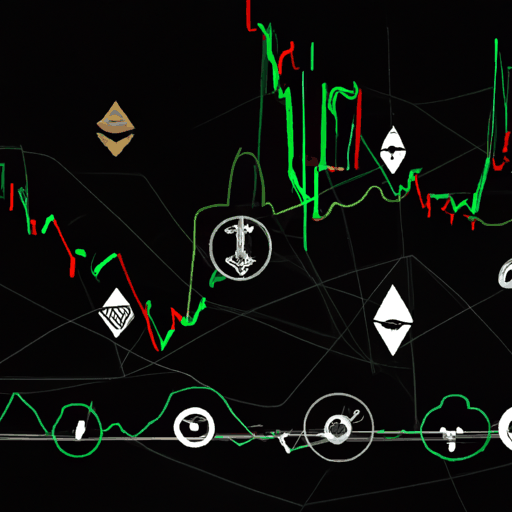
Takedown of Violent Crypto Kidnappers in New York
By: Eva Baxter
In a chilling sequence of events, New York authorities have apprehended key figures involved in a high-profile crypto-kidnapping case that shocked the city. The saga erupted into public view when an Italian tourist, held captive in a luxury SoHo townhouse, managed to escape his captors after 17 harrowing days. This violent incident highlights an alarming shift in crypto-related crimes, where physical coercion is used alongside digital threats.
The victim was subjected to barbaric conditions in the eight-bedroom property rented at a staggering $40,000 a month. During his confinement, he suffered threats with a chainsaw, was electrocuted with wires, and dangled from a rooftop ledge, all in an attempt to extract the keys to his multimillion-dollar Bitcoin wallet. William Duplessie and John Woeltz, the alleged orchestrators, had supposedly cultivated a facade as blockchain gurus but turned to more violent means when opportunities slipped away. The arrest of these business partners—first Woeltz, and now with Duplessie surrendering—has revealed their ties to international assets and questionable business practices, painting them as significant flight risks.
Security experts categorize this case as a "wrench attack," a coercive tactic for obtaining digital wallet credentials through physical force rather than hacking skills. Analysts note an increasing trend in crypto crimes moving towards physical threats, with the FBI estimating $9.3 billion in losses tied to crypto fraud and thefts last year alone. Similar violent schemes have been reported across Europe, notably with multiple arrests in France targeting crypto entrepreneurs.
The rising threat of such brutal acts has implications far beyond criminal justice. This case is expected to prompt legal actions against rental platforms and inspire new security measures combining cyber protections with personal safety strategies. It highlights a grave lesson for crypto investors: safeguarding digital assets goes beyond technological barriers; maintaining personal and locational privacy is now essential to protecting against such coercion.



